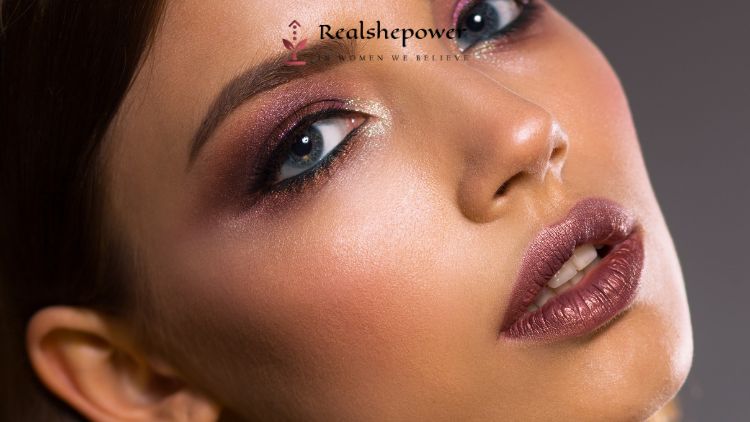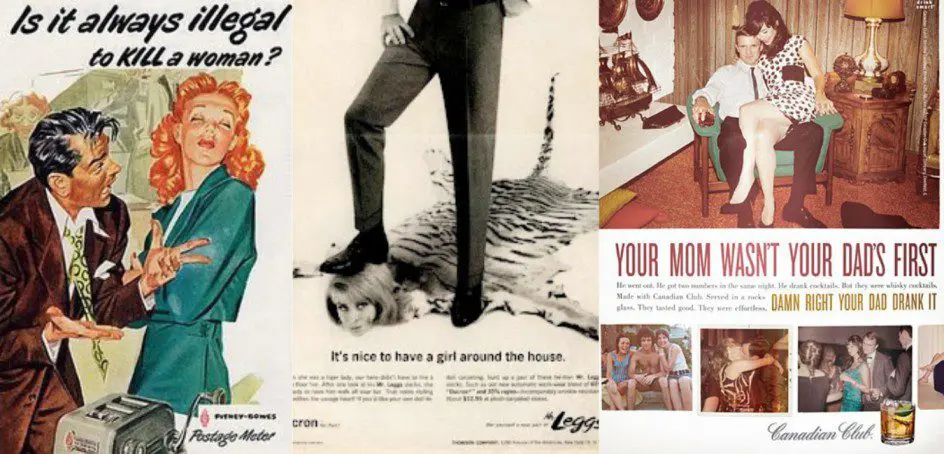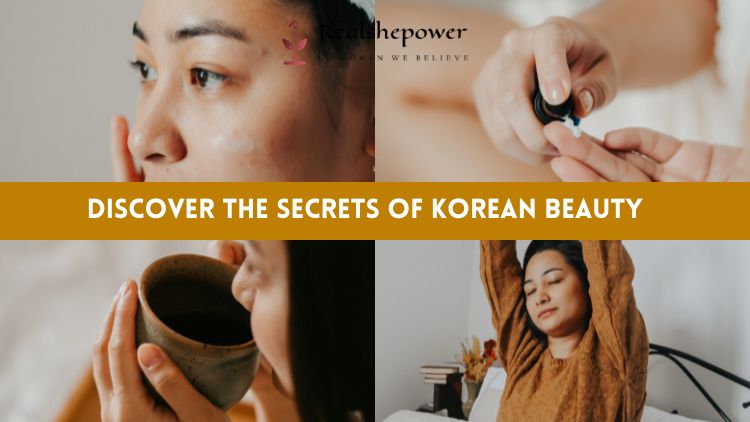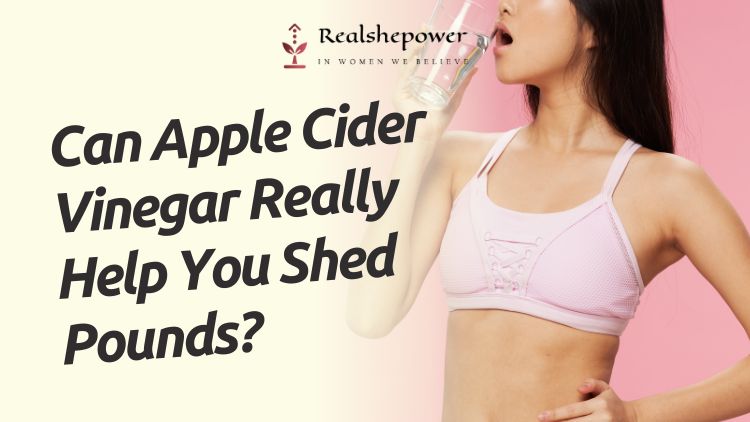The Evolution of Beauty Standards for Women: From Ancient Times to Modern Days


In every era, beauty standards have been different, and they have evolved over time. The definition of beauty has changed according to culture, fashion, and traditions. Beauty standards have affected women’s self-esteem, their self-image, and even their professional and personal lives. In this article, we will discuss the history of beauty standards for women and how they have evolved over time.
Table of Contents
Beauty Standards in Ancient Times
The concept of beauty can be traced back to ancient civilizations. In ancient Egypt, beauty was associated with cleanliness, and the use of cosmetics and perfumes was considered important. In ancient Greece, beauty was linked to physical fitness, and athletic bodies were considered beautiful. In ancient China, small feet were considered beautiful, and women would bind their feet to achieve the ideal size.
The Renaissance and the Ideal Female Figure
During the Renaissance, the ideal female figure was voluptuous and curvy. Artists like Botticelli and Rubens depicted women with round bellies and full thighs. Beauty was associated with fertility, and larger bodies were considered more attractive.
The Victorian Era: The Age of Restriction
In the Victorian era, the ideal woman was delicate, pale, and thin. Corsets were worn to achieve a small waist, and women were discouraged from eating to maintain their figure. Beauty was associated with restraint, and women were expected to be demure and submissive.
The 1920s: The Flapper Era
In the 1920s, the ideal woman was slim, boyish, and androgynous. The flapper style included short hair, loose clothing, and a flattened chest. Beauty was associated with independence, and women were breaking away from traditional gender roles.
The 1950s: The Hourglass Figure
In the 1950s, the ideal woman was curvy, with an hourglass figure. Marilyn Monroe was the epitome of beauty, with her full lips, small waist, and ample hips. Beauty was associated with femininity, and women were expected to be housewives and mothers.
The 1960s: The Twiggy Look
In the 1960s, the ideal woman was thin, with a flat chest and boyish figure. Twiggy, the British model, was the face of the fashion industry, with her short hair and waif-like appearance. Beauty was associated with youth, and women were breaking away from traditional beauty standards.
The 1980s: The Supermodel Era
In the 1980s, the ideal woman was tall, thin, and athletic. Supermodels like Cindy Crawford, Naomi Campbell, and Linda Evangelista were the new icons of beauty. Beauty was associated with glamour, and women were empowered by their sexuality.
The 1990s: The Heroin Chic Look
In the 1990s, the ideal woman was thin, with sunken eyes and a pale complexion. The “heroin chic” look, popularized by Kate Moss, was controversial and criticized for promoting unhealthy and dangerous beauty standards. Beauty was associated with rebellion and counterculture.
The 2000s: The Toned and Slim Look
In the 2000s, the ideal woman was toned, fit, and slim. The rise of fitness culture and celebrities like Jennifer Aniston and Gwyneth Paltrow popularized this look. Beauty was associated with health and wellness, and women were encouraged to be strong and athletic.
The Present Day: The Diversity Movement
In recent years, there has been a push for more diverse beauty standards. The focus is on inclusivity, with an emphasis on different body types, skin tones, and ethnicities. The body positivity movement, with icons like Lizzo and Ashley Graham, celebrates all bodies and encourages women to love themselves as they are.
The Impact of Social Media on Beauty Standards
Social media has had a significant impact on beauty standards. With the rise of influencers and Instagram models, there is constant pressure to look perfect and flawless. Filters and editing apps make it easy to manipulate images and create unrealistic beauty standards. However, social media has also given a platform for diverse and inclusive beauty standards, with movements like #effyourbeautystandards and #nomakeup.
The Beauty Industry and the Marketing of Beauty Standards
The beauty industry plays a significant role in promoting and marketing beauty standards. Advertisements for skincare and makeup products often feature airbrushed and photoshopped models, perpetuating unrealistic beauty standards. However, there is also a growing trend towards more natural and ethical beauty products, with a focus on sustainability and inclusivity.
The Influence of Beauty Standards on Women
Beauty standards can have a profound impact on women’s self-esteem and mental health. The pressure to conform to these standards can lead to body dysmorphia, eating disorders, and other mental health issues. It can also affect women’s professional and personal lives, with discrimination based on appearance and a focus on superficial qualities rather than talent and skill.
Conclusion
Beauty standards for women have evolved over time, reflecting changes in culture, fashion, and traditions. From the ideal female figure of the Renaissance to the diverse and inclusive standards of today, beauty has had a significant impact on women’s lives. However, it is important to recognize the dangers of unrealistic beauty standards and to promote self-love and acceptance for all body types and skin tones.
FAQs
Why have beauty standards for women changed so much over time?
Beauty standards have changed according to cultural, fashion, and traditional influences. What is considered beautiful in one era may not be in another.
How has social media affected beauty standards?
Social media has had a significant impact on beauty standards, with influencers and Instagram models promoting unrealistic beauty ideals. However, it has also given a platform for more diverse and inclusive beauty standards.
What is the impact of beauty standards on women’s mental health?
The pressure to conform to unrealistic beauty standards can lead to body dysmorphia, eating disorders, and other mental health issues. It can also affect women’s professional and personal lives.
How can we promote more diverse and inclusive beauty standards?
By celebrating all body types and skin tones and recognizing the beauty in diversity, we can promote more inclusive beauty standards.
What is the role of the beauty industry in promoting beauty standards?
The beauty industry plays a significant role in promoting and marketing beauty standards, but there is also a growing trend towards more natural and ethical beauty products and a focus on sustainability and inclusivity.
10 Ridiculously Sexist Vintage Ads

10 Ridiculously Sexist Vintage Ads shared for this article is an excellent example of how society viewed women in the past.
What Is The Korean Beauty Standard?

In this article, we will explore what is the Korean beauty standard, how it has evolved over the years, and what products and rituals are essential to achieving the coveted K-beauty look. We will also examine the
The Truth About Apple Cider Vinegar and Weight Loss: Separating Fact from Fiction

Apple cider vinegar (ACV) has been touted as a miracle cure for everything from gut health to acne to weight loss. But does it really live up to the hype? In this article, we’ll take a closer look at the evidence
You can now write for RSP Magazine and be a part of the community. Share your stories and opinions with us here.
